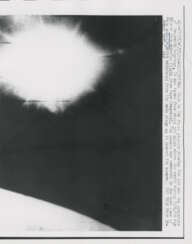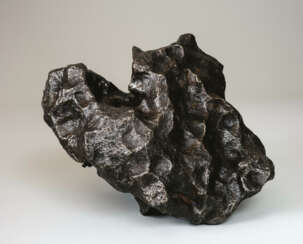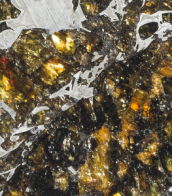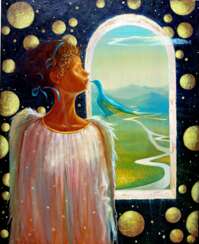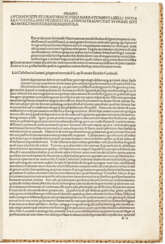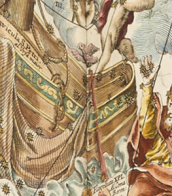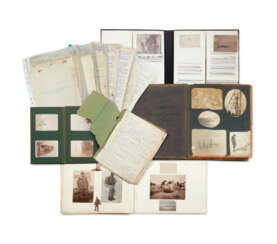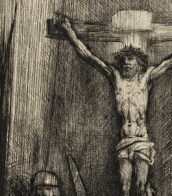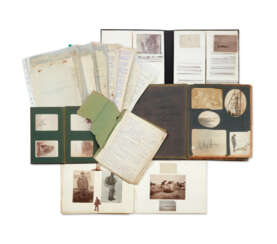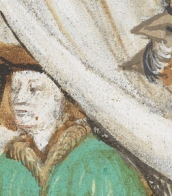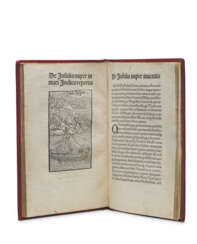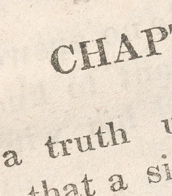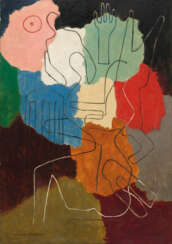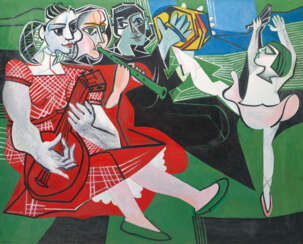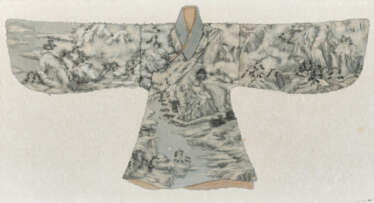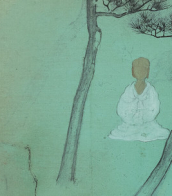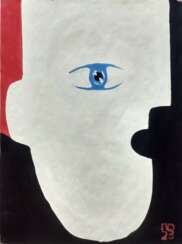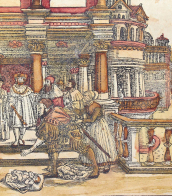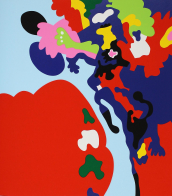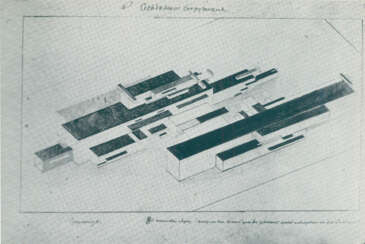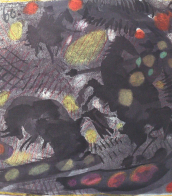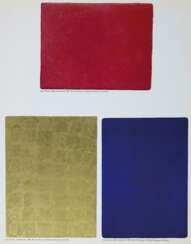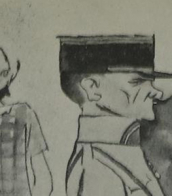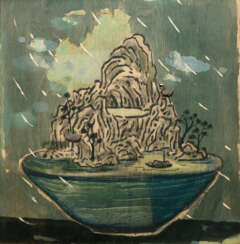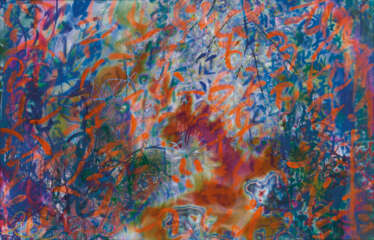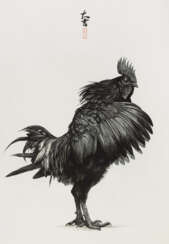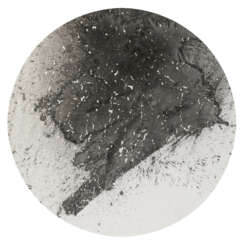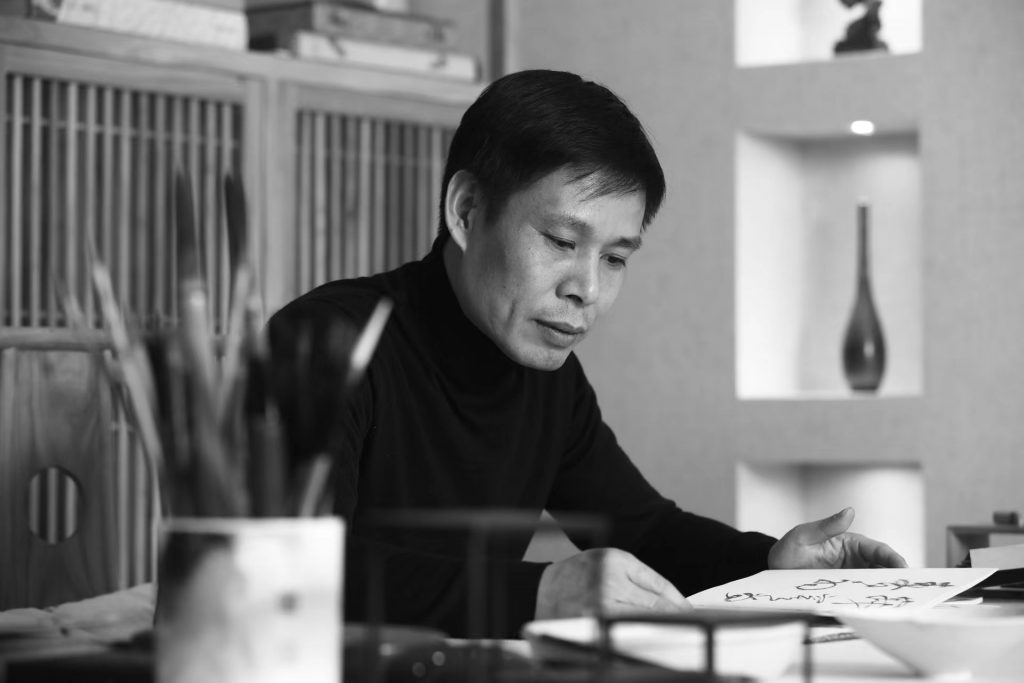space exploration





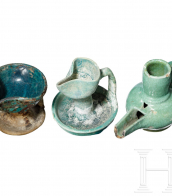



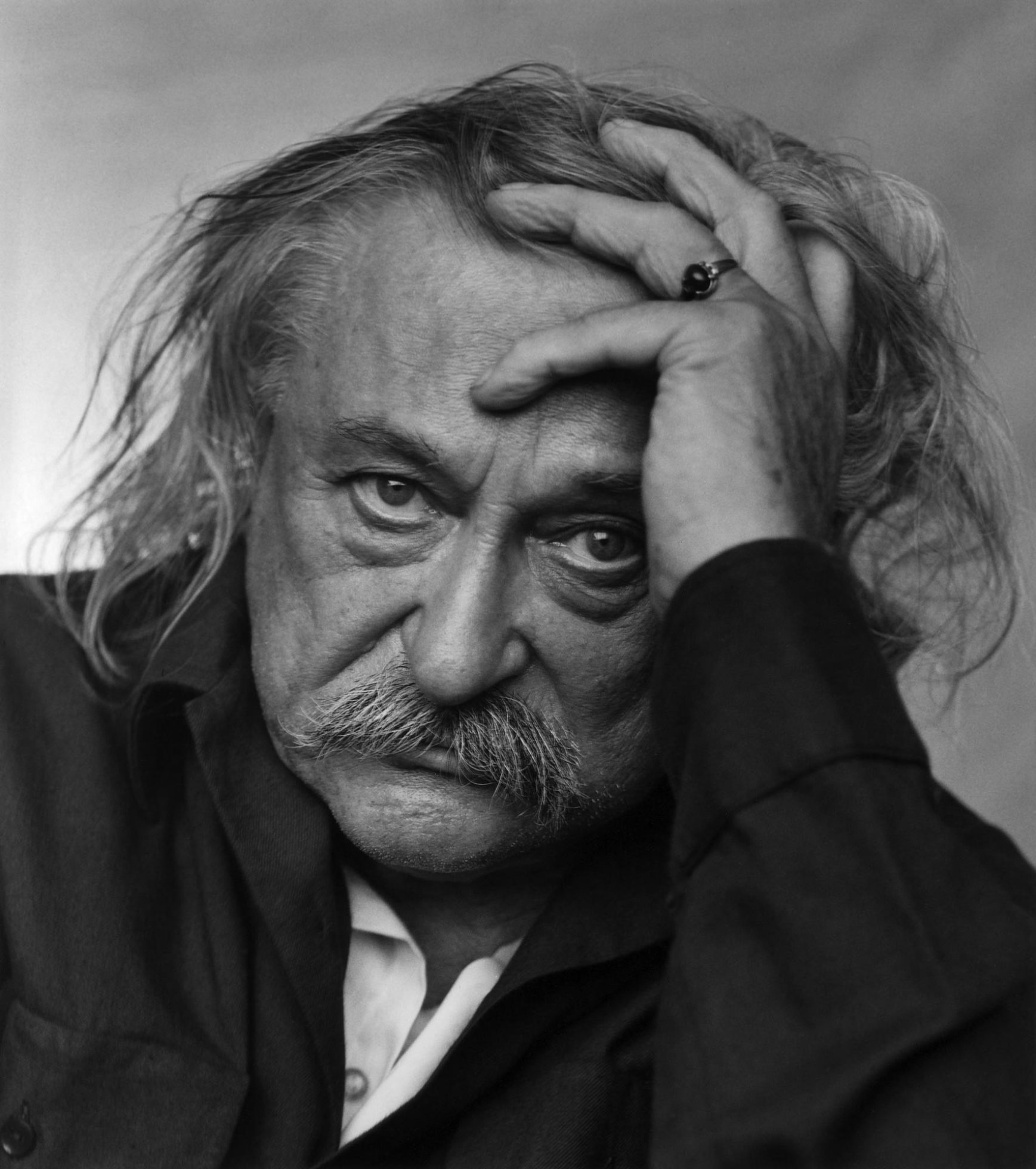
Jacques Lipchitz was a Cubist sculptor. Lipchitz retained highly figurative and legible components in his work leading up to 1915-16, after which naturalist and descriptive elements were muted, dominated by a synthetic style of Crystal Cubism. In 1920 Lipchitz held his first solo exhibition, at Léonce Rosenberg's Galerie L'Effort Moderne in Paris. Fleeing the Nazis he moved to the US and settled in New York City and eventually Hastings-on-Hudson.
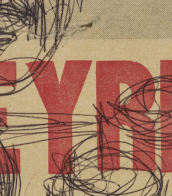
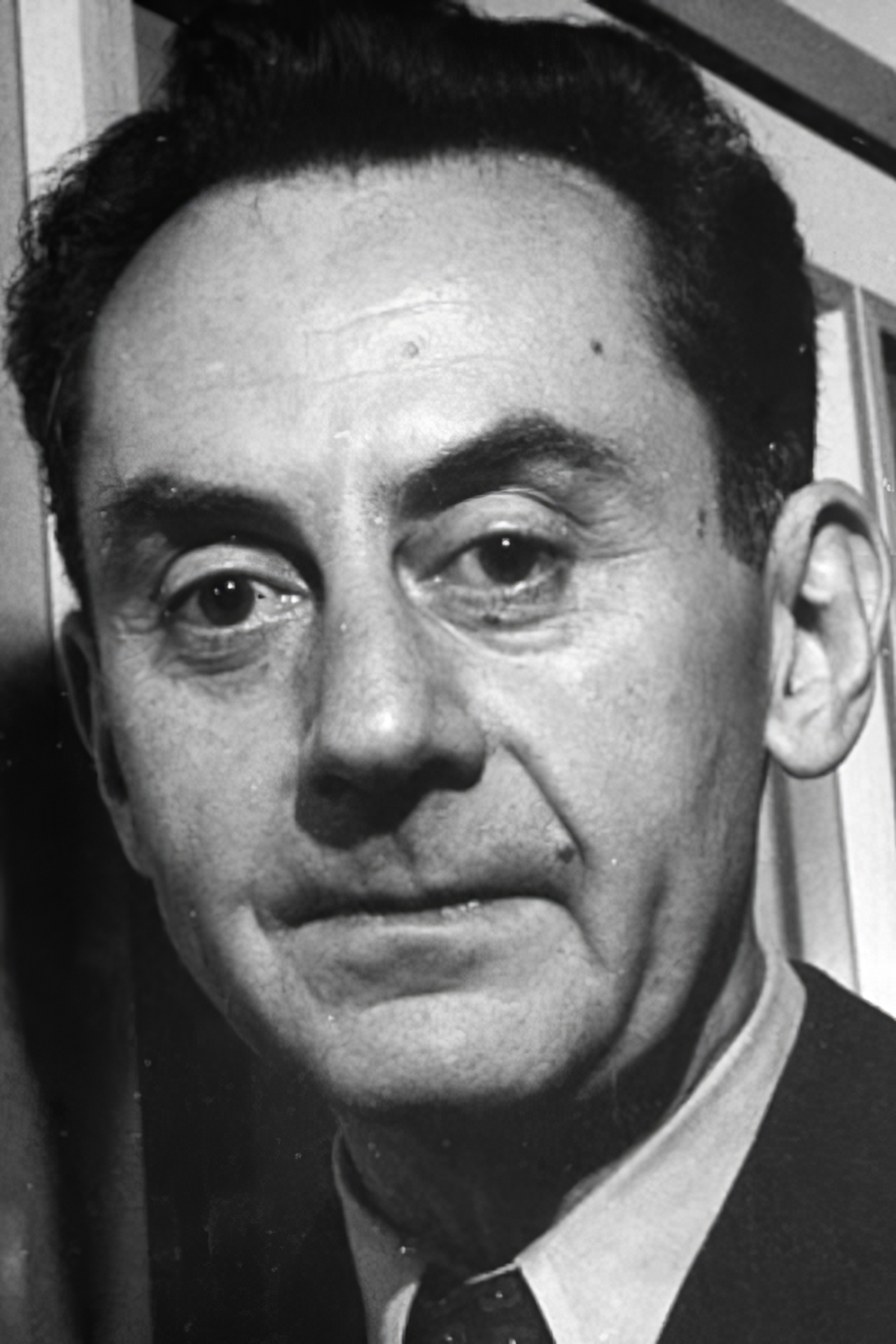
Man Ray, born Emmanuel Radnitzky, was an American visual artist who played a significant role in the Dada and Surrealist movements. His pioneering efforts in photography, alongside his work in painting and sculpture, have cemented his place as a major figure in modern art. Known for his innovative techniques and the ability to convey complex ideas through simple, striking visuals, Man Ray's contribution to the art world is profound.
Throughout his career, Man Ray was celebrated for his avant-garde approach and his ability to transcend traditional boundaries between different artistic mediums. His photography, characterized by experimental techniques such as solarization and rayographs (cameraless photographs), challenged conventional perceptions of photography as merely a means of representation. These artistic innovations made him a central figure in both Parisian and American art circles.
Man Ray's works are housed in some of the world's most prestigious museums and galleries, including the Museum of Modern Art in New York and the Centre Pompidou in Paris. His pieces, such as "Le Violon d'Ingres" and "Noire et Blanche," are iconic images that continue to influence artists today. His ability to blend the abstract with the realistic, and the humorous with the serious, has left a lasting legacy in the world of art.
For collectors and experts in art and antiques, the work of Man Ray offers a glimpse into the revolutionary changes that shaped the visual arts in the 20th century. His unique perspective and pioneering techniques continue to inspire and challenge those interested in the boundaries of creativity and expression.
If you're passionate about the avant-garde, or simply wish to explore the fascinating world of Man Ray further, sign up for our updates. You'll receive alerts on new product sales and auction events related to Man Ray, ensuring you never miss an opportunity to engage with the legacy of this extraordinary artist.
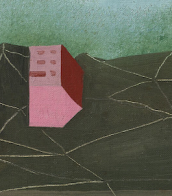
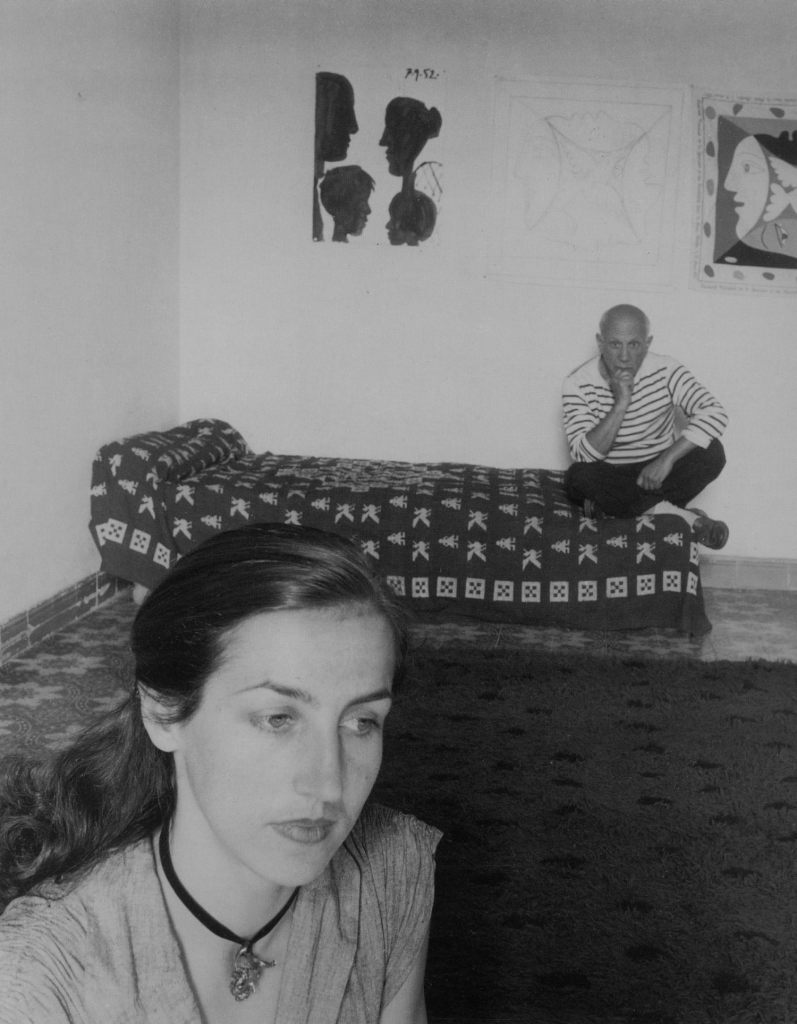
Françoise Gilot is a French painter, illustrator, and writer. She has published several books, including a memoir about her life with Pablo Picasso.
Gilot studied at the Sorbonne in Paris and later at the École des Beaux-Arts in Fontainebleau. She began exhibiting her work in the 1940s and quickly gained recognition for her colorful and vibrant paintings. Gilot's early work was influenced by the cubist and surrealist movements, but she developed her own unique style over time, characterized by bold colors and strong lines.
Gilot is also known for her personal life, particularly her relationship with Pablo Picasso, with whom she had two children. She wrote a memoir, "Life with Picasso," which was published in 1964 and became a bestseller. The book provided insight into Picasso's personality and working methods, as well as the challenges of being an artist in the mid-20th century.
Gilot has continued to paint throughout her life and has exhibited her work in galleries and museums around the world. She has also been recognized with numerous awards and honors, including being named a Chevalier de la Légion d'Honneur in 1990. Her work continues to be celebrated for its bold and expressive style, as well as for the way it reflects her experiences and insights as a woman and an artist.
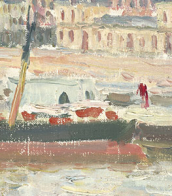
Norbert Kricke is a German sculptor.
He studied at the Higher School of Art in Berlin and from 1947 began creating abstract sculptures using wire, steel, glass and concrete. Kricke is also known as an innovator of the use of running water in art.
Norbert Kricke was one of the most important artists in the group L'Art Informel and was actively engaged with members of the ZERO and Nouveau Réalisme movements.

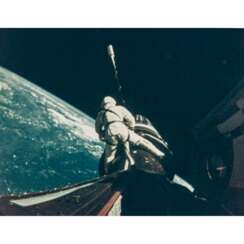

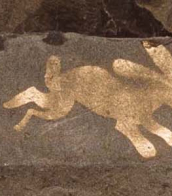
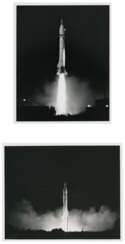

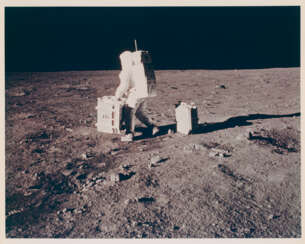

![Buzz Aldrin exploring the Sea of Tranquillity [Large Format], July 16-24, 1969](/assets/image/picture_1219999/5b36d/0fd1f4dbbb2ff595e1e52336a8811bb01604656800jpg__fix_374_244.jpeg)
![Buzz Aldrin exploring the Sea of Tranquillity [Large Format], July 16-24, 1969](https://veryimportantlot.com/assets/image/picture_1219999/5b36d/0fd1f4dbbb2ff595e1e52336a8811bb01604656800jpg__fix_374_244.jpeg)
![[Large Format] Alan Shepard exploring Fra Mauro with the MET, station A, January 31-February 9, 1971, EVA 2](/assets/image/picture_1220673/038ea/933a782bb9a2324c9adda64748f50c251604656800jpg__fix_374_244.jpeg)
![[Large Format] Alan Shepard exploring Fra Mauro with the MET, station A, January 31-February 9, 1971, EVA 2](https://veryimportantlot.com/assets/image/picture_1220673/038ea/933a782bb9a2324c9adda64748f50c251604656800jpg__fix_374_244.jpeg)
![Portrait [Large Format] of astronaut Eugene Cernan, last explorer of another world, December 7-19, 1972, EVA 3](/assets/image/picture_1221709/8cf77/a5244bd07c8184bf471e66a35e6d83991604656800jpg__fix_374_244.jpeg)
![Portrait [Large Format] of astronaut Eugene Cernan, last explorer of another world, December 7-19, 1972, EVA 3](https://veryimportantlot.com/assets/image/picture_1221709/8cf77/a5244bd07c8184bf471e66a35e6d83991604656800jpg__fix_374_244.jpeg)


